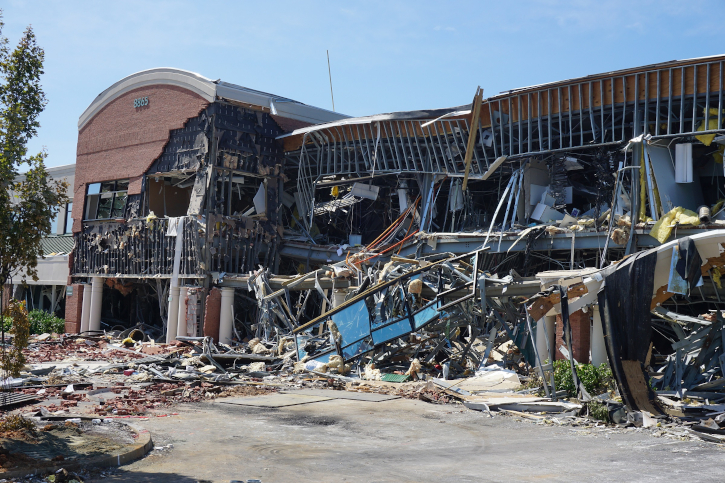The gas explosion that left 22 businesses homeless in Columbia, Md., last Sunday also wiped out a little bit of radio technical history.
The office and shopping complex that was so seriously damaged was also where HD Radio was invented and commercialized. Technology developer USA Digital Radio was based there in the early days of HD Radio.
“The entire system used today and approved by the FCC was developed there,” said Glynn Walden, the veteran broadcast engineer who was a key player in development of the in-band, on-channel digital radio technology.

“There were about 50 employees there. This was the home of USA Digital Radio during the development of HD Radio, which became iBiquity.” Walden’s office, other staff and leadership offices, and technical laboratories were located there at the time. The company later moved elsewhere and subsequently became part of DTS and then Xperi, which today maintains offices in another part of Columbia.
“All of the [IBOC] system that was approved by the FCC was developed in that building,” Walden continued. “The only real changes have been the implementation of the multicasting and data, which were part of the original design but were later added through the use of importers and exporters.”
The first IBOC test transmissions were done in the early 1990s. USA Digital Radio’s investors included radio broadcast groups seeking a way to deploy digital technologies that could coexist on the part of the spectrum where their existing AM and FM assets were licensed. The company filed a petition for rulemaking with the FCC in 1998, and the commission began the regulatory approval process the next year.
According to news accounts, the Lakeside Office Building and shopping center where the explosion occurred was home to a nail salon, day spa and an office for the Social Security Administration, among others. Residents at least a mile away reported their houses shaking from the explosion. No injuries were reported but parts of the complex were entirely wiped out.
Based on news photos, Walden believes that the second-story office space that USADR/iBiquity had occupied then was near the center of Sunday’s blast and probably totaled.
[Subscribe to our newsletter and get it delivered right to your inbox.]







